Chile’s Patagonia – In the Earth’s womb
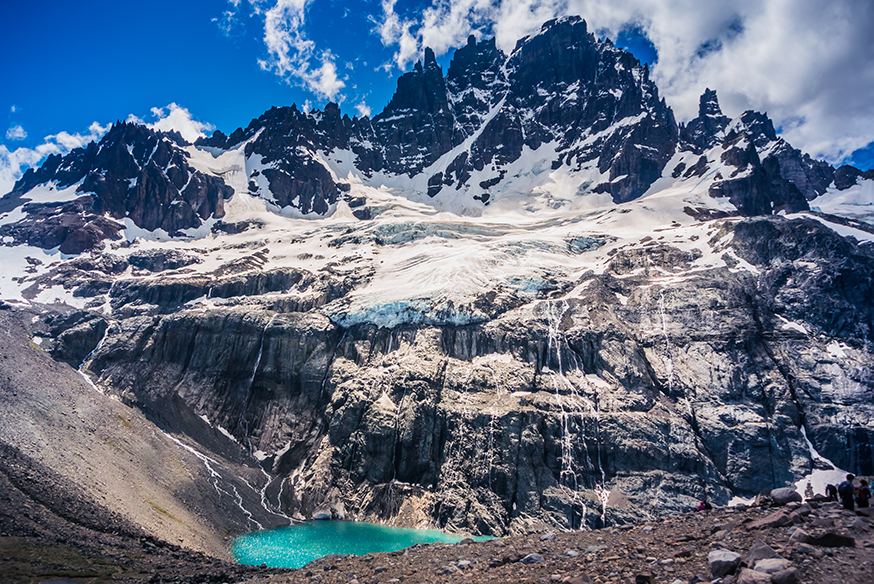
It is night and inside the tent you can hear the muffled sounds of the forest: the howling sound of a lonely owl, the fresh rustling of leaves on the trees, the sweet gargling of a nearby river. Suddenly, a crash interrupts the night symphony. It starts with a kind of snoring coming from the bowels of the Earth, as if she – the Earth – has been affected by an abdominal pain. A slow squeak follows, reminiscent of lack of oil in a door lock. And finally, the bang that results (it must be) from the violent clash of a piece of glacier that detached itself from the huge blue and icy mass, falling on the surface of the water. The intensity is such that we feel ourselves in the Earth’s womb.
The crash results from a piece of glacier that came off the huge blue and icy mass. The intensity is such that we feel ourselves in the Earth’s womb.
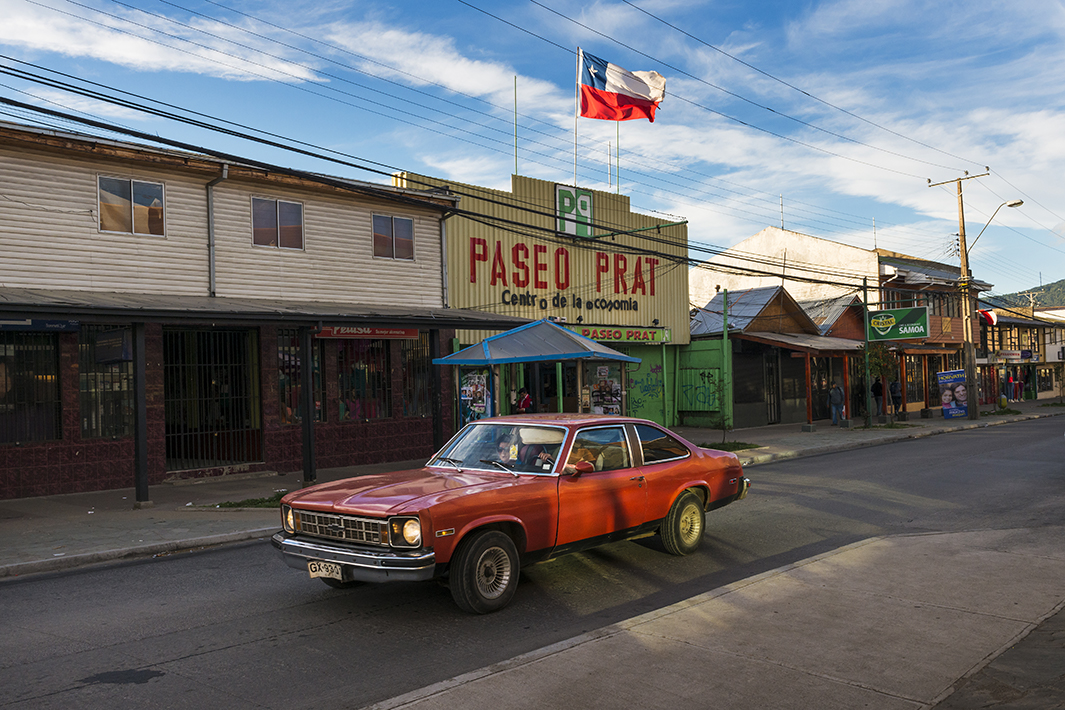
We are in Chile’s Patagonia and camping by glaciers is just one of the unforgettable experiences that the Latin American adventure offers us. With the recent news of the pandemic forcing the country to close its borders, we are reminded of the three weeks of backpacking along the Carretera Austral – the mythical artery built in the brutal years of Augusto Pinochet’s dictatorship, to guarantee access to the extreme south of Chile.
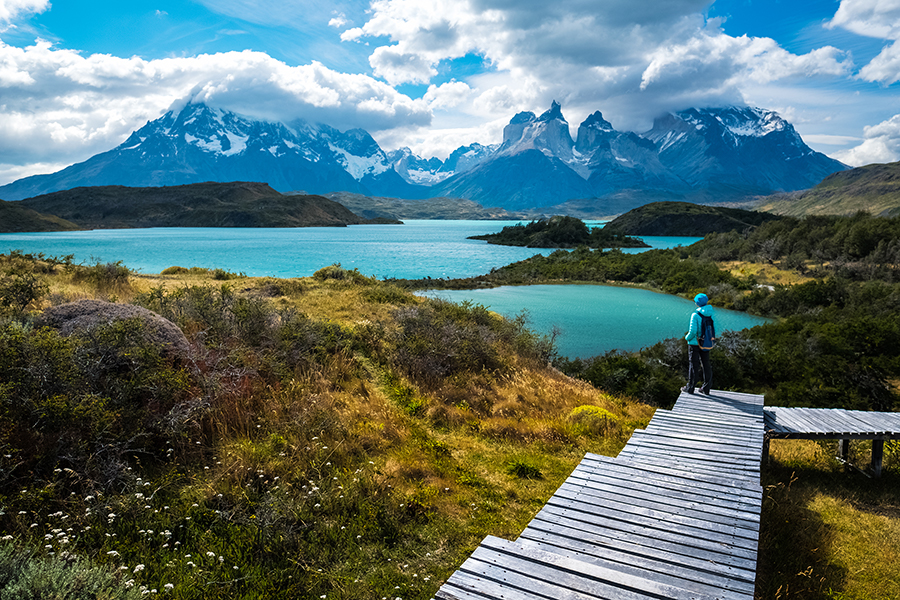
What we see most are young people with backpacks, heading to the parks to spend their holidays in contact with nature.
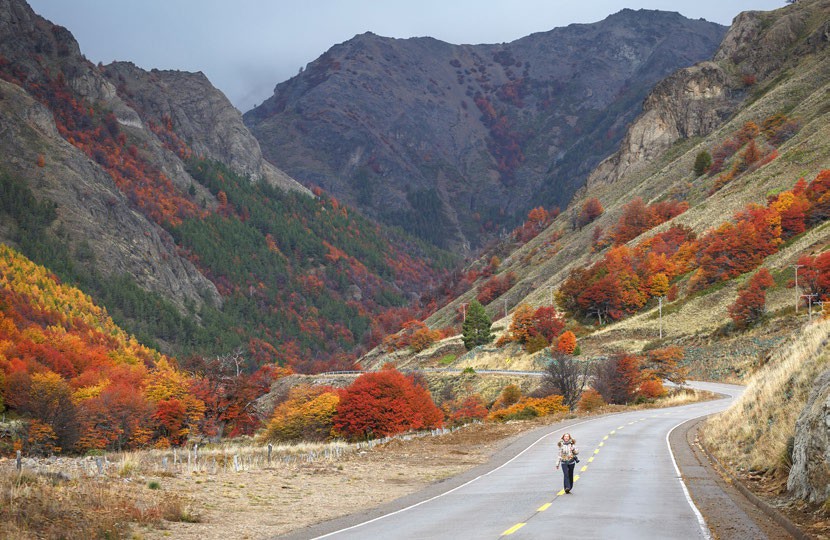
In the morning, we board a tiny plane to fly over the Andes and discover how a new uninhabited and forgotten planet remains unscathed there in the heights. Without human intervention, nature expresses itself in colors hitherto unknown to our pallet; the water of the lakes dances between the turquoise green and the oily blue, shining under the sun’s rays reflected by the snow that covers the summits. With features honouring his Mapuche heritage, and excited by our reaction of total amazement, the pilot then decides to defy gravity and embarks on a steep flight towards the glacier. At the last second, he swerves off the route and perform a close fly-by – if you put your hand out, you could almost touch the wall of ice. The stomach is stuck somewhere in the roof of the plane and the fingers desperately squeeze the arms of the seat while a nervous laugh is released.
It has always been my dream to visit Chile, to explore the country that Pablo Neruda, Luís Sepúlveda or Isabel Allende, among many others, gave us. I am fascinated by the story of Salvador Allende, the president who fell defending democracy, speaking words that are still relevant today: “Much sooner than later, the great avenues will open again where the free man will pass to build a better society.”
Only after arriving there did I realize that, in addition to historical and literary references, there is a natural wealth that makes the country proudly preserve its “mad geography”. From the Atacama Desert in the north to the southern reaches of Patagonia, the territory is almost entirely organised in protected areas. With an area of 756,950 km2 (slightly less than Mozambique), the country has 41 natural parks, 46 reserves and 17 natural monuments. One of the most famous is the Torres del Paine National Park (“blue towers”), which occupies an area of more than 181,000 hectares, in the Magalhães region. With mountains, rivers, lakes, valleys and glaciers, it is the dream of any trekking fan.
During the journey through Carretera Austral, what we see most are young people with backpacks, heading to the parks to spend their holidays in contact with nature. Our adventure ends on a bus, crossing the Andes to cross the border with Argentina, where a flight will take us back to Europe. On the other side is Bariloche, a ski resort that looks like a postcard. So close, yet so distant, to the friendliness and simplicity that Chileans have accustomed us to.
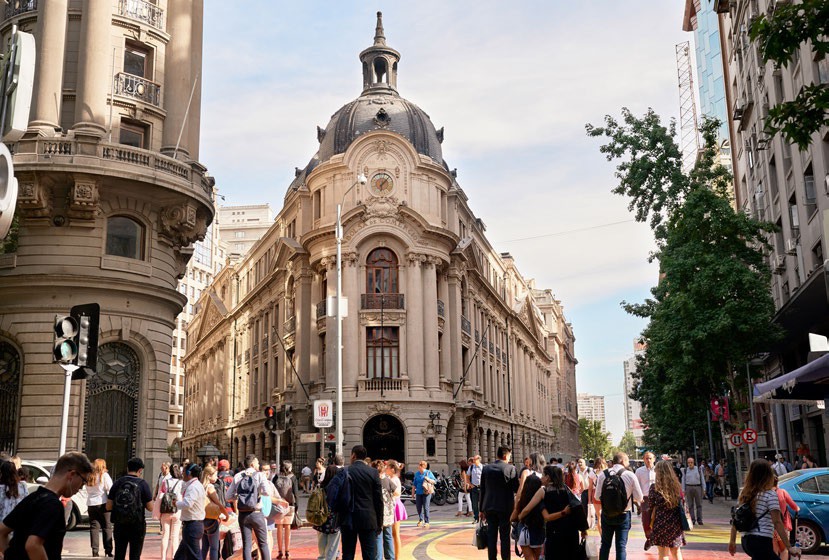
▶ HOW TO GO
After the reopening of the borders, the most direct way to arrive is to fly to Madrid and from there take an intercontinental connection to Santiago de Chile. From the capital, it is possible to take a connection to Puerto Montt, where the Carretera Austral starts, and from there follow the road to Coyhaique.
▶ WHERE TO STAY
For nature lovers, the protected areas allow camping in areas marked for this purpose. A tent and a sleeping bag can and should be part of your luggage!
▶ WHERE TO EAT
Adventure holidays require a small stove to prepare simple camping meals. Stock up on major cities to be able to cover long distances by road.
▶ WHAT TO DO
Outdoor hiking is one of Chile’s greatest charms. The capital is beautiful, mixing historic architecture with modern buildings, and a wide range of cultural and gastronomic options.
▶ WHAT TO WATCH OUT FOR
The biggest constraint today is the pandemic. Learn what are the measures in place before planning your trip. Taking into account the extreme temperatures in the Antarctic region, it is more advisable to go during summer in the southern hemisphere.
Issue 67 May/Jun | Download.
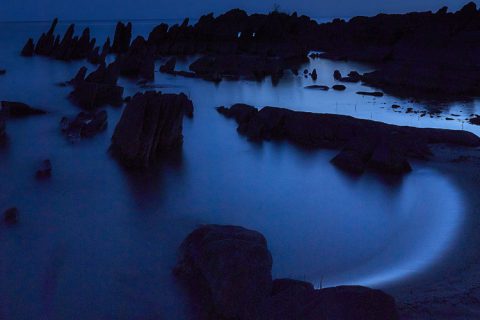
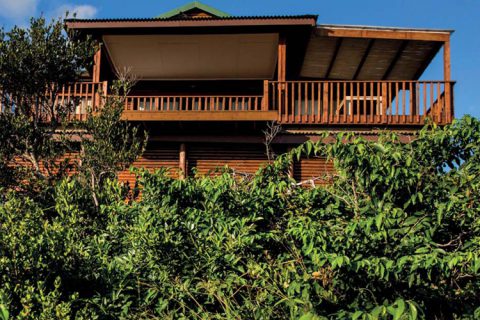

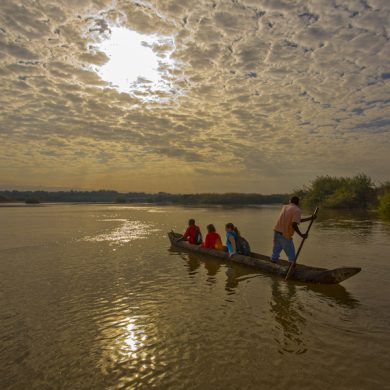
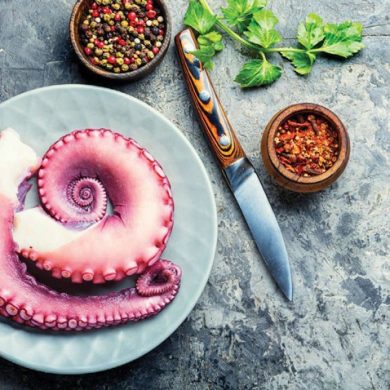
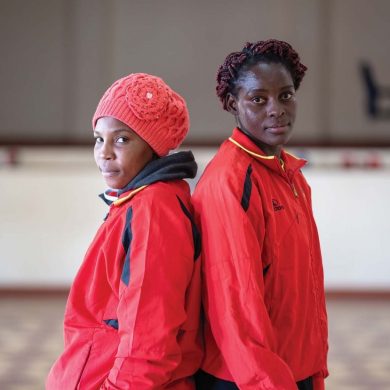
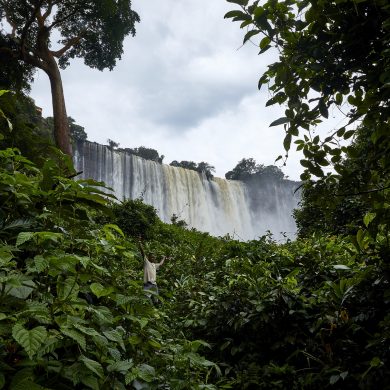
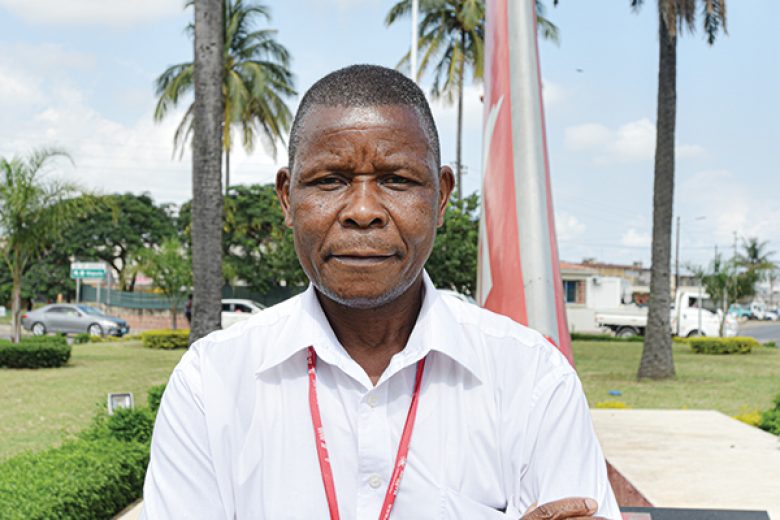
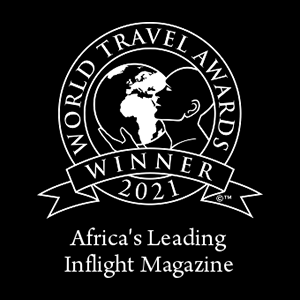









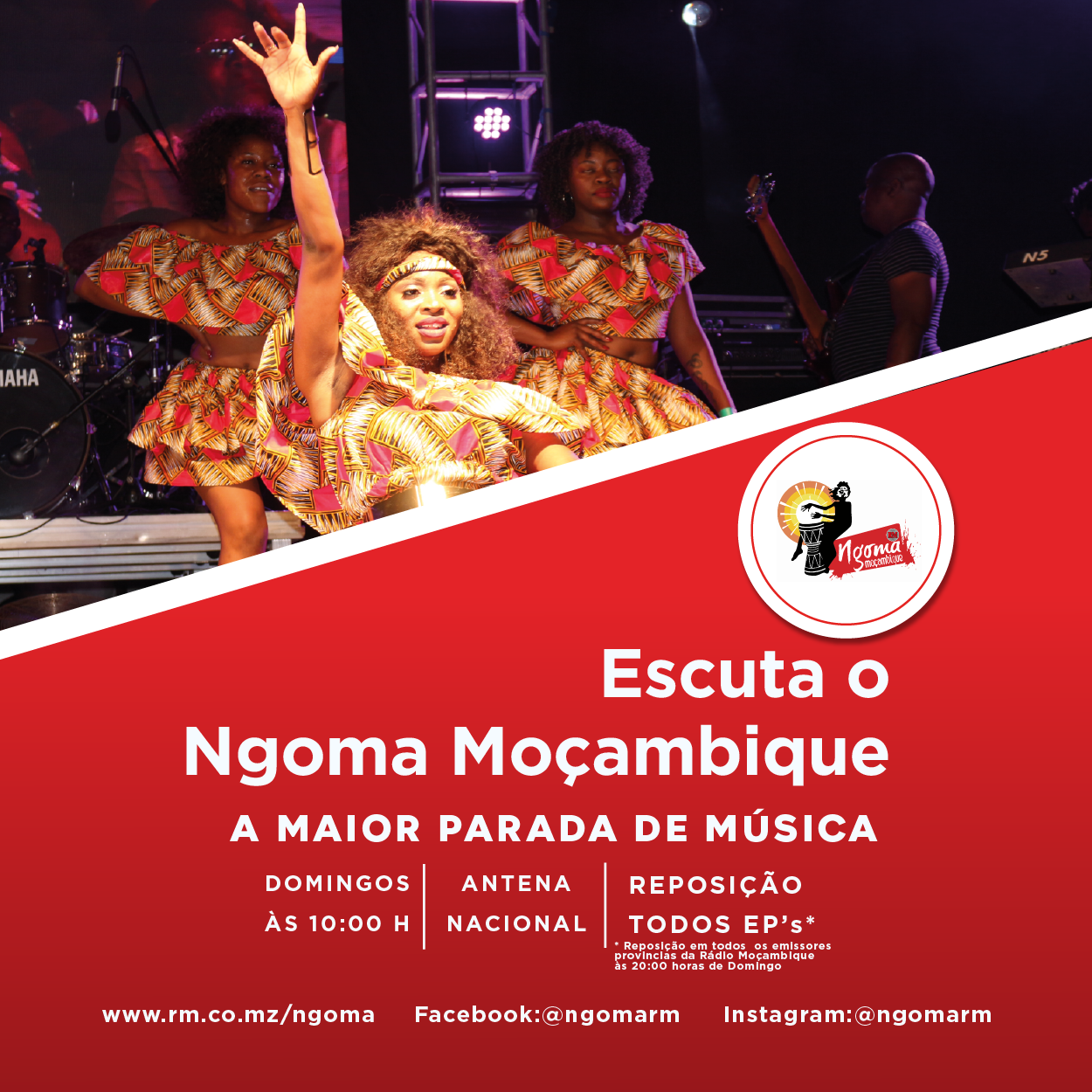
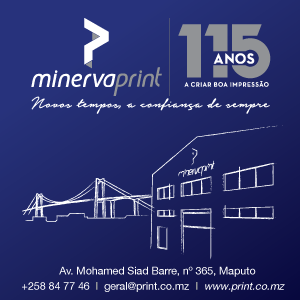





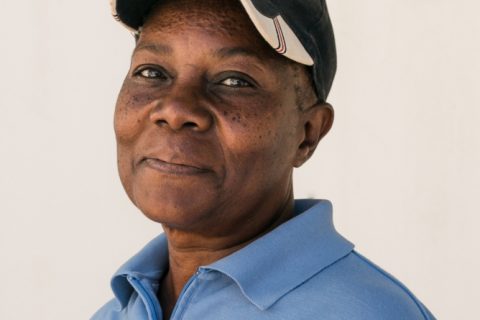
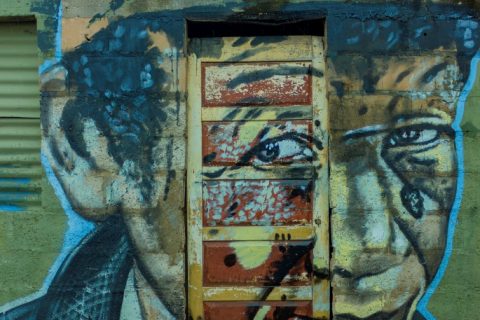


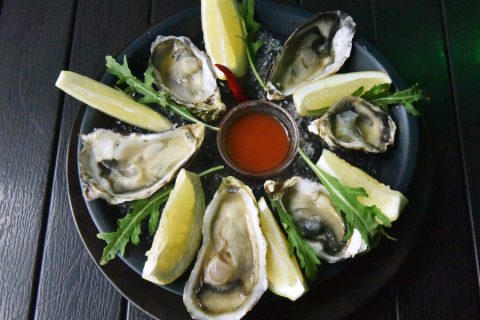
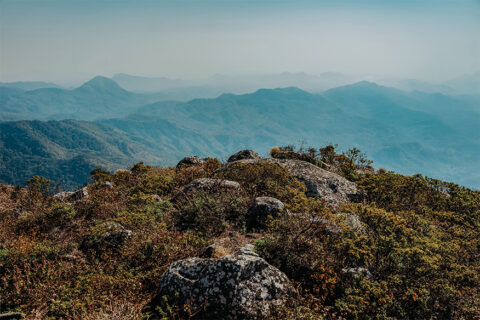

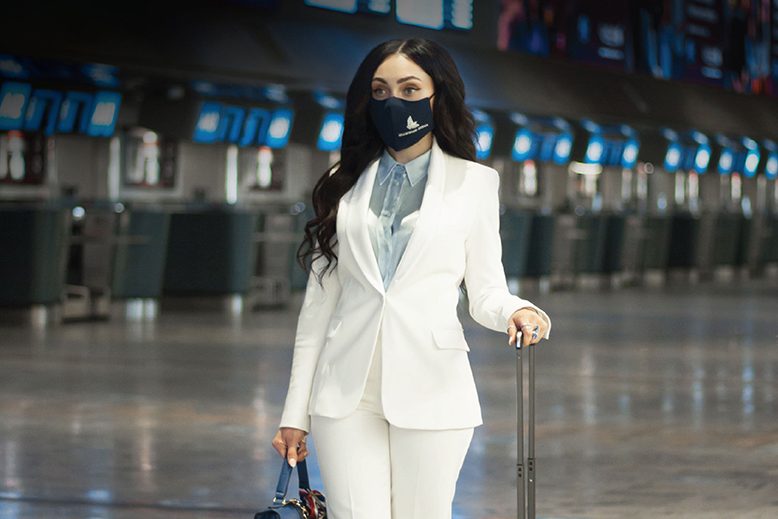
0 Comments